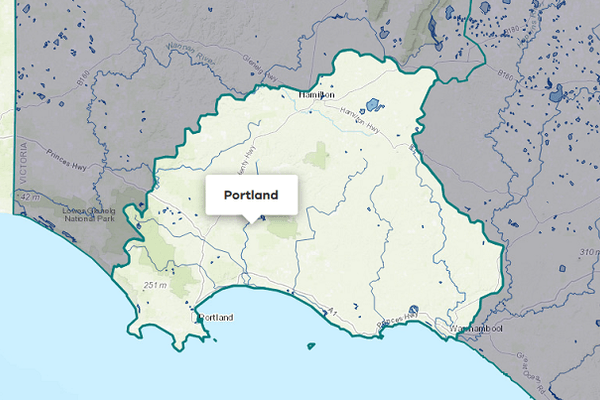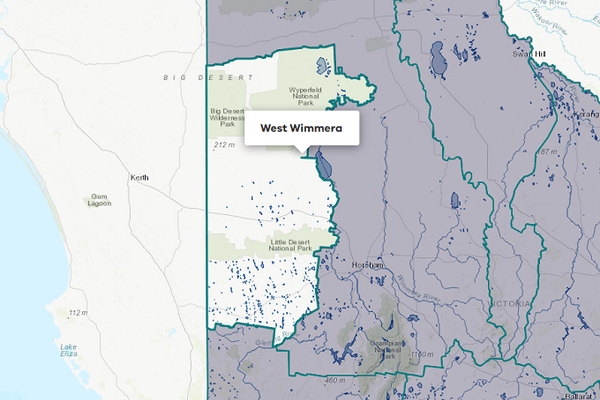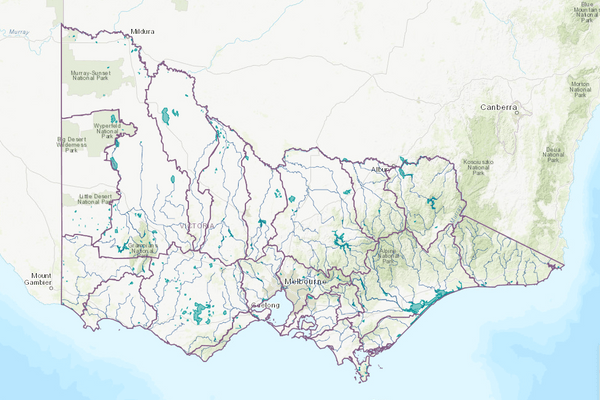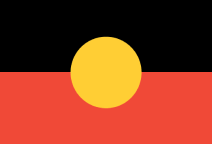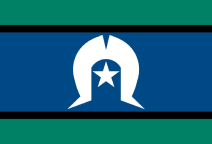About the area
The Glenelg groundwater catchment is in the far south-west of Victoria. The Victoria-South Australia border forms the catchment’s western boundary.
The Glenelg groundwater catchment contains the South West Limestone groundwater management area (GMA).
Groundwater resources within the catchment supply licensed entitlements, domestic and stock use, and urban use in Casterton, Dartmoor and Merino. Groundwater resources also supply Hamilton, Tarrington and Dunkeld, although these towns are outside the groundwater catchment.
The area that extends 20 km east from the border forms part of the Designated Area for the purposes of the 1985 Border Groundwaters Agreement between Victoria and South Australia.
Management responsibilities within the Designated Area are shared between Southern Rural Water and the Government of South Australia.
The Glenelg water supply protection area (WSPA) was abolished in August 2022. It was last reported on in the 2021-22 Victorian Water Accounts.
More information on water management and accounting is detailed in Water explained.
2023-24 overview
Urban supply
Groundwater supplied to 2 towns in the catchment.
Water use
More water was used for consumptive purposes than the previous year.
Climate
Rainfall
Less rainfall was received in the Glenelg groundwater catchment in 2023-24 than the previous year, being the lowest recorded in the reference period (1975 to 2024) across most of the catchment. Rainfall was very much below average along the northern border of the catchment.
Figure 1 displays the rainfall received in 2023-24 compared to the long-term average (1975-2024).
Figure 1: Rainfall deciles, Glenelg groundwater catchment
Sourced from the Australian Bureau of Meteorology
Groundwater level trends
In the Accounts, groundwater level trends for groundwater management units (GMUs) have been determined by monitoring data from key bores in the State Observation Bore Network. Trend determinations are made quarterly by comparing each reading to a previous reading in the same season 5 years prior; for example, a summer record is compared to the summer record from 5 years earlier to account for seasonality. These trends are shown in Table 1 below.
Groundwater resources are being actively managed. For more detail on management responses, go to on the Southern Rural Water website.
In 2023-24, the groundwater level trend for the South West Limestone GMA was stable towards the end of the year.
Table 1: Groundwater level trends, Glenelg groundwater catchment
Response to water availability
Groundwater restrictions
There were no restrictions on licensed groundwater use in 2023-24, the same as previous year.
Entitlements and use
Groundwater licence and use volumes in the Glenelg groundwater catchment are shown below. Domestic and stock use does not require a licence, so in the Groundwater availability and take table (Table 3), these rows only report water taken.
The licensed volume used under entitlements must not exceed the volume made available to individual licensed entitlement holders. We report on compliance in the GMU local reports and in the Statewide groundwater summary.
Water used
Use in the Glenelg groundwater catchment was 12,958 ML, more than the 7,591 ML used in the previous year.
Entitlement volumes
Rights to water in the Glenelg groundwater catchment are shown below.
Table 2: Groundwater entitlements at 30 June, Glenelg groundwater catchment
Available water and take
The table below shows the total water available and taken under entitlements, and estimated domestic and stock use in 2023-24. Total water available under entitlements is the sum of opening carryover, allocation issued and the net trade in or out of water.
Estimated domestic and stock use is calculated based on an assumed usage per registered bore per year. In this catchment, the assumed usage is 1.5 ML usage per bore per year.
More information on groundwater use and availability has been detailed in How we account for
In 2023-24, 12,958 ML of water was extracted for consumptive purposes, which was more than the 7,591 ML extracted in the previous year. Of this volume, 11,985 ML was for non-urban (irrigation) use, 343 ML was for urban use, and 630 ML was estimated to be for domestic and stock use.
Table 3: Groundwater availability and take, Glenelg groundwater catchment
Management responsibilities
Management of water in the Glenelg groundwater catchment is undertaken by various parties.
| Authority | Management responsibilities |
|---|---|
| Government of South Australia |
|
| Southern Rural Water |
|

